Month: July 2021
-
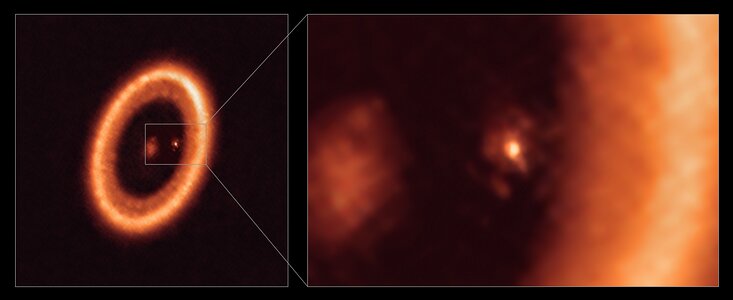
Astronomers make first clear detection of a moon-forming disc around an exoplanet
“Our work presents a clear detection of a disc in which satellites could be forming,” says Myriam Benisty, a researcher at the University of Grenoble, France, and at the University of Chile, who led the new research published today in The Astrophysical Journal Letters. “Our ALMA observations were obtained at such exquisite resolution that we could clearly identify that…
-
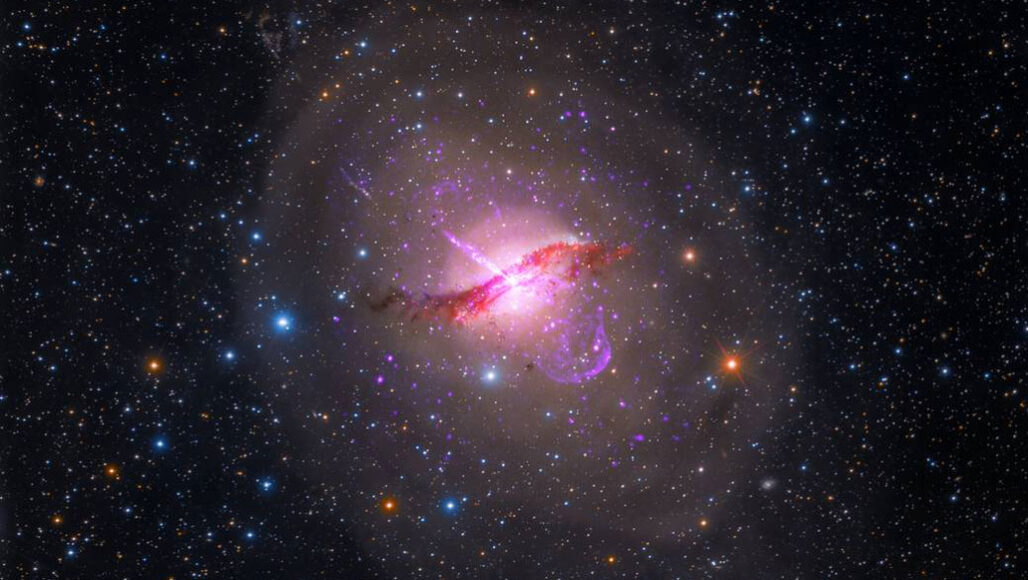
The latest picture of a black hole captures Centaurus A’s massive jets
The Event Horizon Telescope is expanding its portfolio of black hole images. In 2019, the telescope unveiled the first image of a black hole, revealing the supermassive beast 55 light-years from Earth at the center of galaxy M87 (SN: 4/10/19). That lopsided orange ring showed the shadow of the black hole on its glowing accretion disk…
-
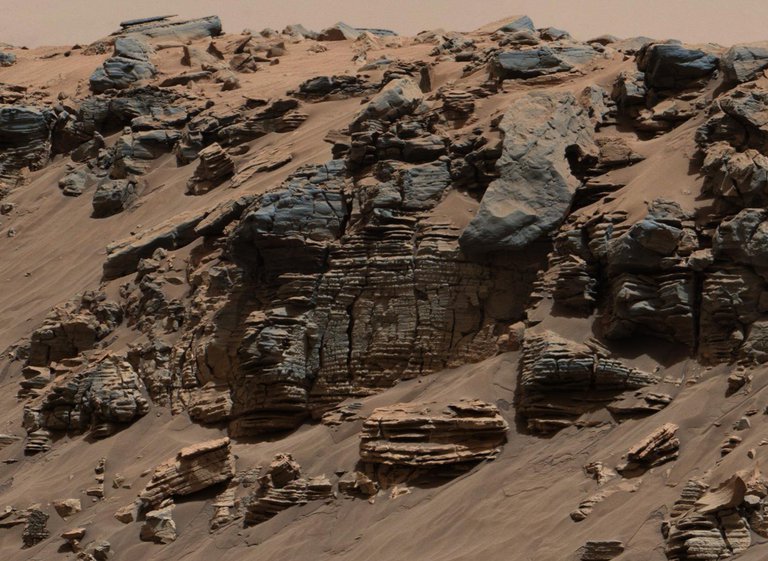
The Curiosity Rover May Have Discovered What Wiped Away Ancient Signs of Life on Mars
Evidence of ancient life may have been scrubbed from parts of Mars, a new NASA study has found. The space agency’s Curiosity rover made the surprising discovery while investigating clay-rich sedimentary rocks around its landing site in Gale Crater, a former lake that was made when an asteroid struck the Red Planet roughly 3.6 billion…
-
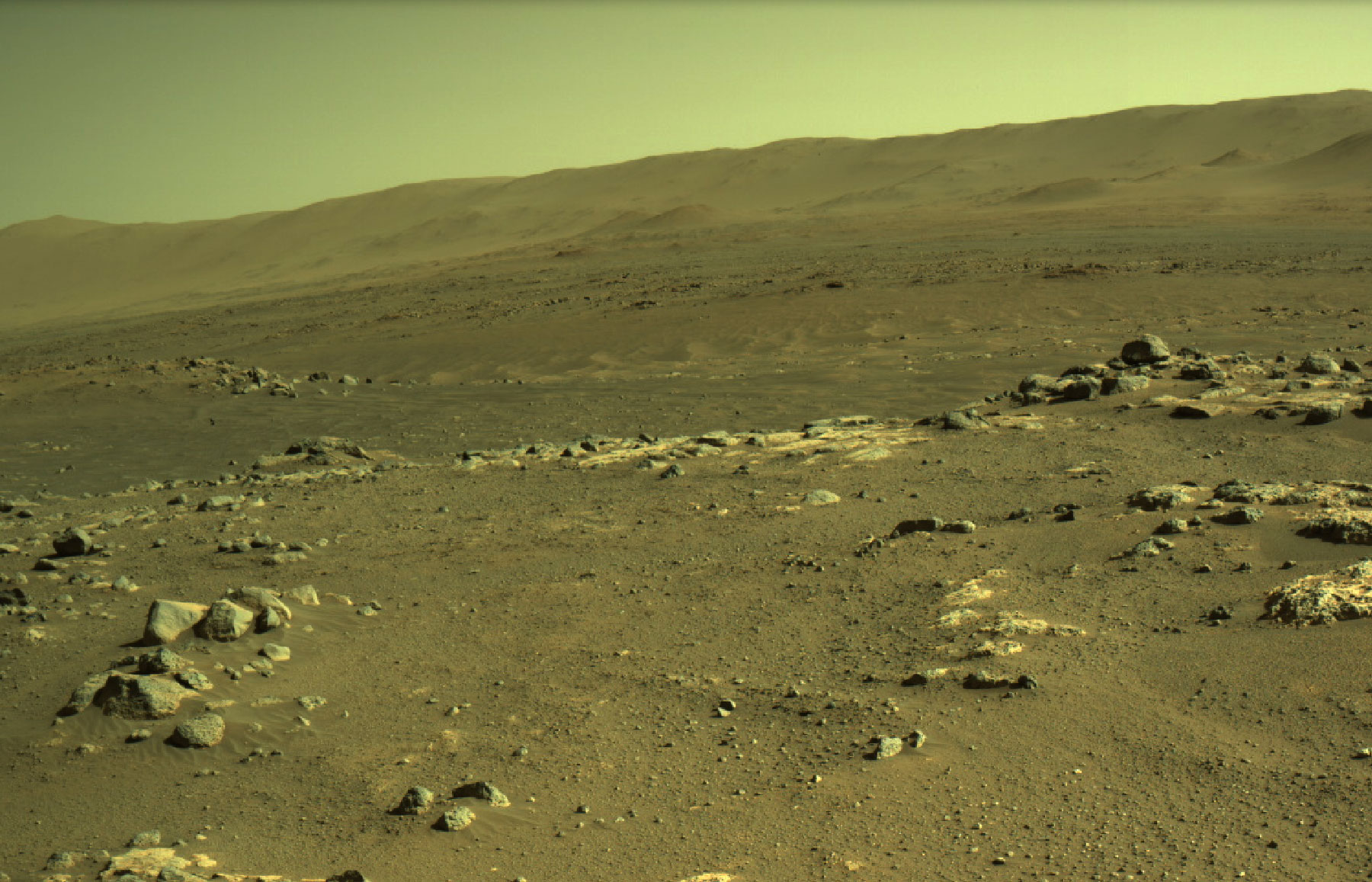
Flight 9 Was a Nail-Biter, but Ingenuity Came Through With Flying Colors
t has been a week of heightened apprehension on the Mars Helicopter team as we prepared a major flight challenge for Ingenuity. We uplinked instructions for the flight, which occurred Monday, July 5 at 2:03 am PT, and waited nervously for results to arrive from Mars later that morning. The mood in the ground control…
-
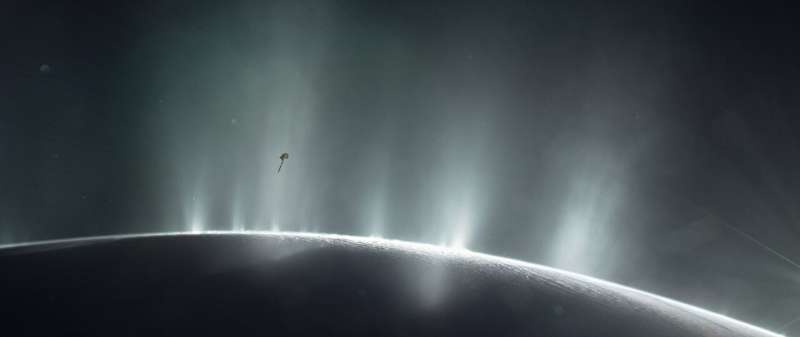
Methane in the plumes of Saturn’s moon Enceladus: Possible signs of life?
An unknown methane-producing process is likely at work in the hidden ocean beneath the icy shell of Saturn’s moon Enceladus, suggests a new study published in Nature Astronomy by scientists at the University of Arizona and Paris Sciences & Lettres University. Giant water plumes erupting from Enceladus have long fascinated scientists and the public alike,…
-

What the Muon g-2 results mean for how we understand the universe
Experiment opens up field for new physics, say Fermilab, UChicago scientistsThe news that muons have a little extra wiggle in their step sent word buzzing around the world this spring. The Muon g-2 experiment hosted at Fermi National Accelerator Laboratory announced April 7 that they had measured a particle called a muon behaving slightly differently…
-
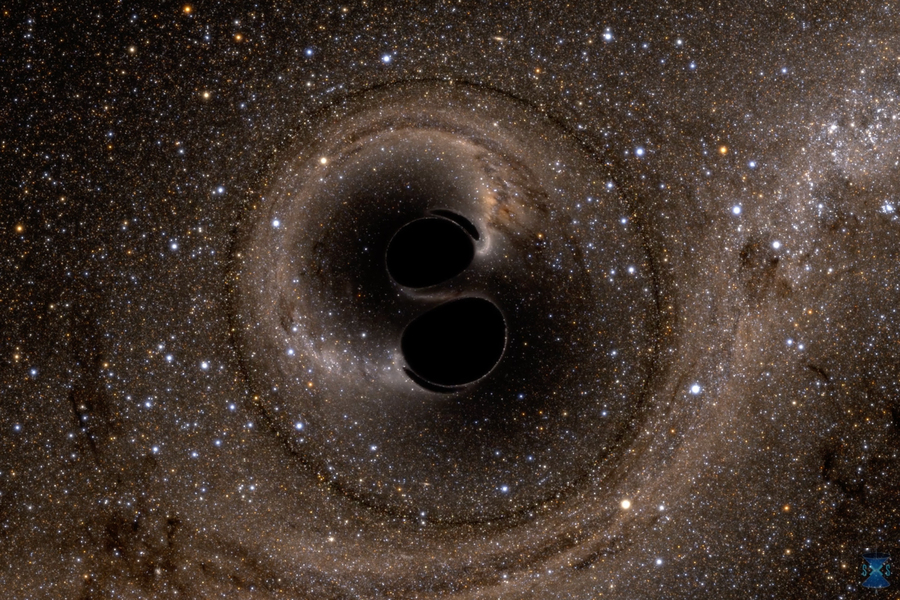
Physicists observationally confirm Hawking’s black hole theorem for the first time
There are certain rules that even the most extreme objects in the universe must obey. A central law for black holes predicts that the area of their event horizons — the boundary beyond which nothing can ever escape — should never shrink. This law is Hawking’s area theorem, named after physicist Stephen Hawking, who derived…